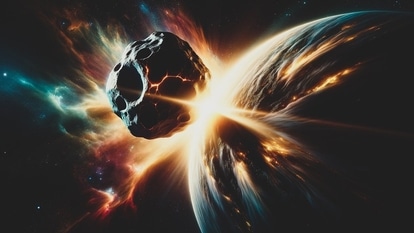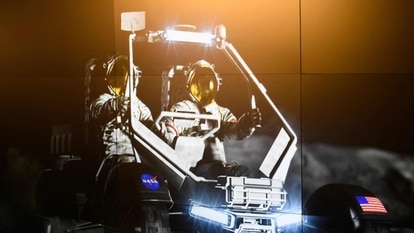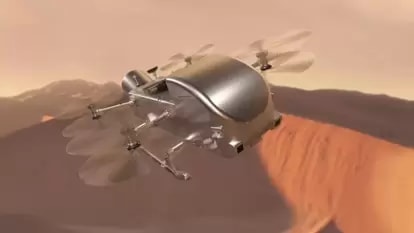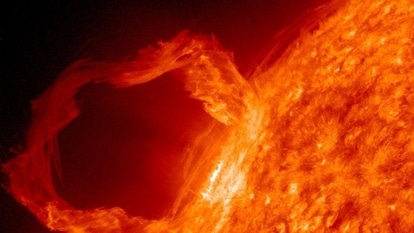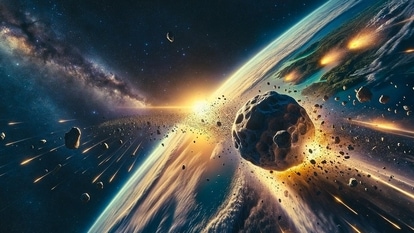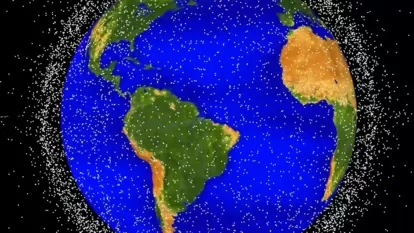James Webb Telescope looks back in time, finds oldest organic molecules ever seen
These chemicals were found within a galaxy that originated when the universe was approximately 10% of its present age.
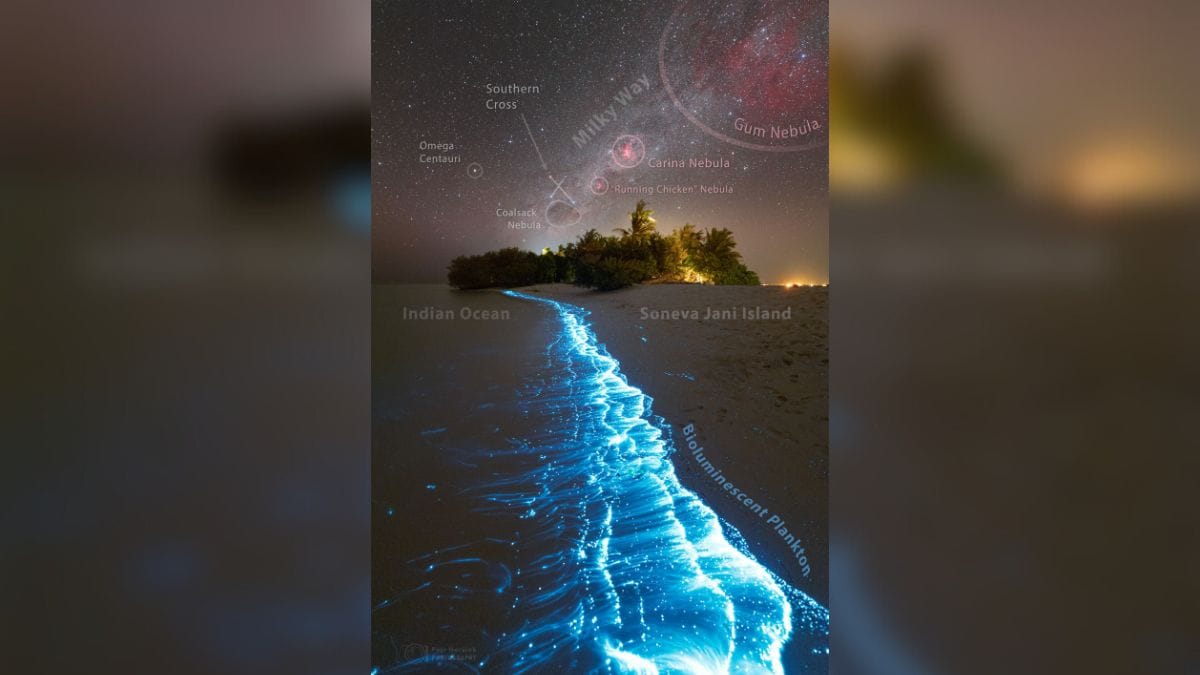
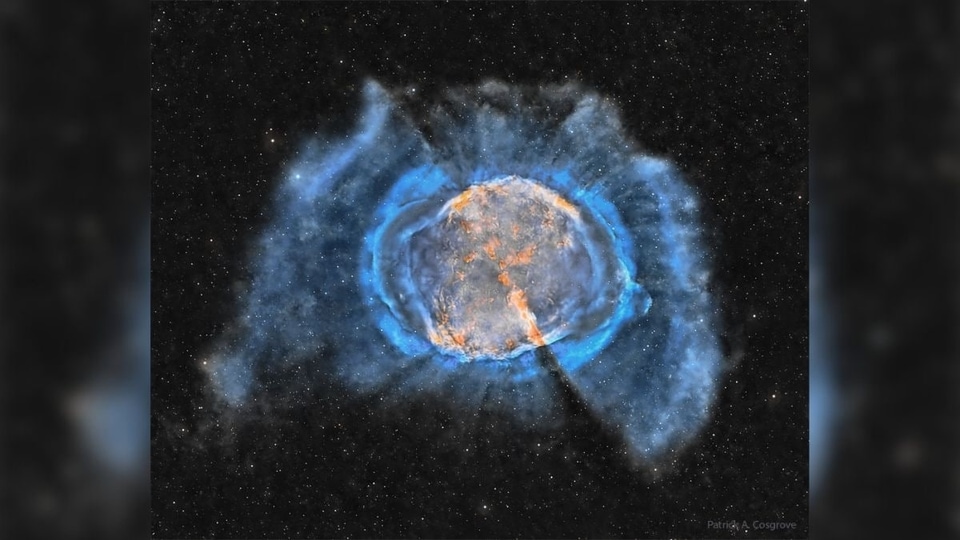

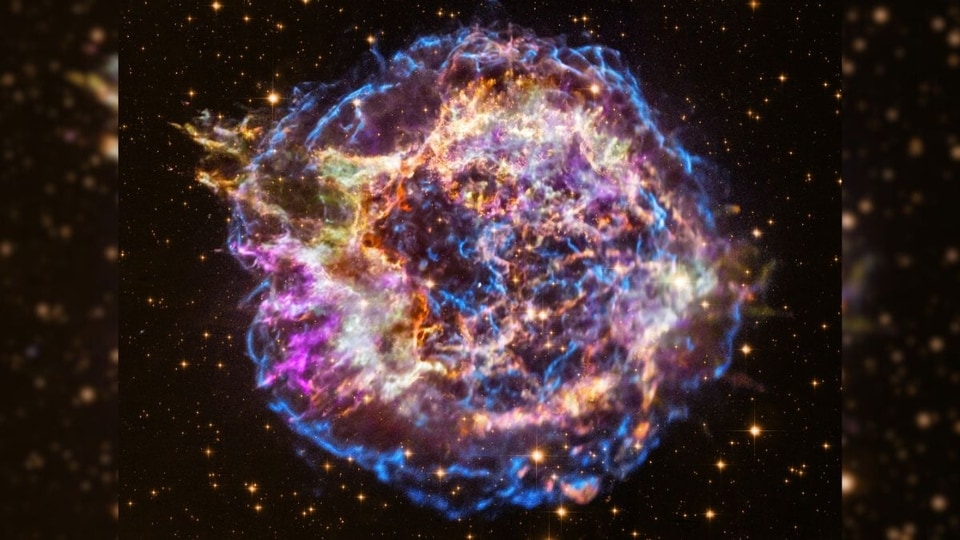

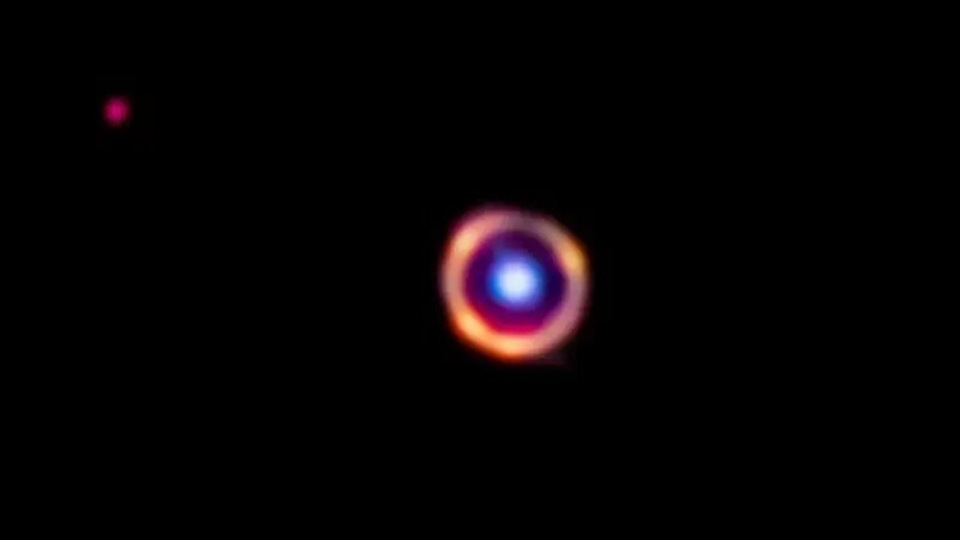
 View all Images
View all ImagesA groundbreaking study led by astronomers from Texas A&M University using NASA's James Webb Space Telescope (JWST) has unveiled the existence of the oldest known complex organic molecules in the universe. These carbon-based chemicals, called polycyclic aromatic hydrocarbons (PAHs), were found within an early galaxy that formed when the universe was only 10% of its current age.
Unlike simple compounds such as water or carbon dioxide, the identified molecules are large and intricate, containing dozens or even hundreds of atoms. Similar to the ones found in smoke, soot, oil, coal deposits, and smog on Earth, these PAHs are commonly associated with tiny dust grains in space. The study's lead author, Justin Spilker, expressed his enthusiasm, stating that the discovery demonstrates the universe's remarkable ability to generate complex molecules shortly after the Big Bang.
Uncovering these molecules in galaxies that formed during the universe's infancy has been a challenging task due to the limited sensitivity and wavelength monitoring capabilities of previous telescopes. However, the advanced JWST has revolutionised this field of study. Spilker and his team successfully detected the ancient organic molecules in a galaxy named SPT0418-47, located over 12 billion light-years away from Earth. This groundbreaking observation pushes back the previous record by approximately one billion years.
The detection was made possible through the use of gravitational lensing, a phenomenon in which the fabric of space-time is warped by the gravitational pull of massive objects. This distortion acts as a magnifying glass, enabling astronomers to study distant celestial objects in greater detail. In this case, the lensing effect allowed JWST to scrutinise the distant galaxy and identify the presence of complex organic molecules within it.
Compared to the extensive observation time required by previous telescopes, Spilker highlighted that JWST only needed a single hour to achieve these remarkable results. Moreover, the telescope's exceptional resolution provided insights into the specific distribution of these molecules within the galaxy, revealing non-uniform patterns that have yet to be fully understood.
The findings have important implications for our understanding of galactic formation and the role of complex organic molecules. Contrary to previous assumptions linking these molecules to star formation, the study found instances of regions with abundant molecules but no star formation, as well as areas of active star formation without these complex compounds. This discovery challenges conventional theories and presents intriguing questions for future research.
Despite the remarkable success of JWST in this study, Spilker expressed concern about the telescope's mid-infrared instrument (MIRI), which appears to be experiencing performance issues. NASA engineers are currently investigating the problem, but if the decline continues, it may hinder future studies of this nature.
Catch all the Latest Tech News, Mobile News, Laptop News, Gaming news, Wearables News , How To News, also keep up with us on Whatsapp channel,Twitter, Facebook, Google News, and Instagram. For our latest videos, subscribe to our YouTube channel.



